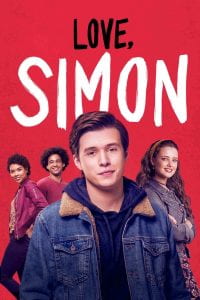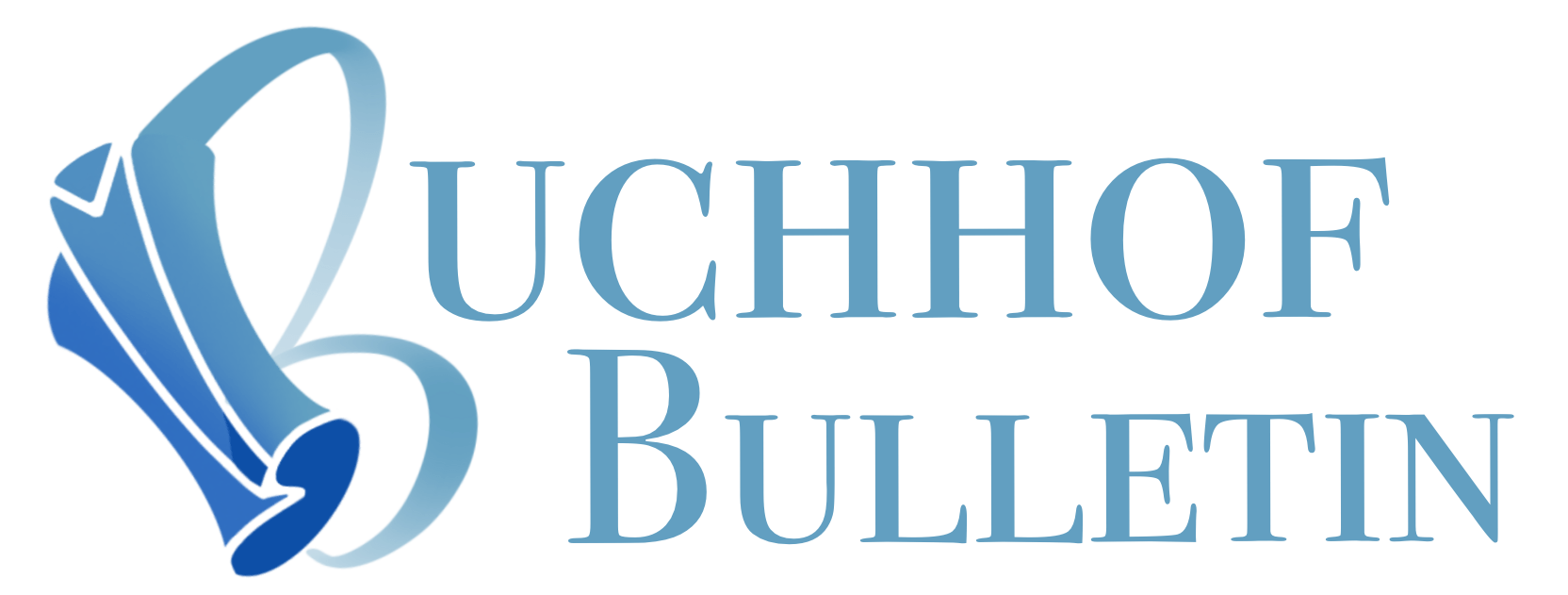by Keira B. grade 9
Representation in the media has never been more important for minority groups, especially entering a society that is growing more inclusive, it is vital that the portrayals of these groups are accurate and considerate. That being said, oftentimes the representations are inaccurate, offensive or cliched. As a queer female, I will be discussing how LGBTQ+ individuals are portrayed in the media.
In 2020, in a survey conducted by GLAAD (Gay & Lesbian Alliance Against Defamation), answers revealed that queer representation increased queer acceptance by 45%. This is because the more people see queer people on screen or read about us in books, the more ‘normal’ it becomes. People are more aware of the diversity around them, and the complexity of others’ lives. For queer people, representation is vital. It helps people to feel less alone, part of a community and ultimately, seen.
According to the Statista, Germany has the largest LGBTQ+ population in Europe. In MIS, we preach inclusion and respect, and this applies to the queer community within our school. So, I will be rating movies and TV shows based on the way that they portray their queer relationships on the big screen and how this can have an impact on the people viewing them.
Love, Simon (Simon vs. The Homo Sapiens Agenda):

Rating of movie: 3/5
Rating of rep: 4/5
Summary:
Love, Simon is a movie based on the book ‘Simon vs. the Homo Sapiens Agenda’ by Becky Albertalli. The plot surrounds a male teenager (Simon) and his journey to figuring out his sexuality. Viewers get to see how Simon and his tight-knit group of friends’ relationship changes and that of his parents, teachers, and other students, upon coming out.
Simon begins emailing with another closeted student, their identities hidden from each other, until Simon is outed by a classmate.
Representation:
Positives- Simon and his boyfriend are both very typical male teenagers, neither are portrayed as stereotypical gay characters, and this helps to express the fact that you cannot always base assumptions about other peoples’ sexuality and identity based on looks. Queerness does not have a distinct look and this movie drives that point forward.
Love, Simon also touches on smaller instances of homophobia within Simon’s everyday life. One being the fact that he is blackmailed and outed, which his friends do not understand and sympathize with, turning them against him. This is something that a lot of young queer people struggle with, questioning how people will react to their identity, and how it will impact their relationships.
Negatives- Simon’s whole identity was built on the fact that he is a queer person. Through watching the movie (and reading the book), the audience does not learn anything about him other than the fact that he is queer. His personality is not seen fully, as he exists simply to be queer.
This is not accurate to any queer person, as each of us have our own personalities, belief systems, and other inherently human experiences which shape who we are, how we act, and what we do with our free time.
Heartstopper:

Rating of TV series: 4/5
Rating of rep: 5/5
Summary:
The story follows Charlie, a sweet, shy highschooler as he develops a crush on Nick, a rugby lad and classmate. They become fast friends despite their obvious differences (social group, age and Charlie being openly gay).
Charlie thinks he has absolutely no chance, but viewers get to watch as Nick and Charlie fall in love with each other.
Representation:
Positives – The romance feels very soft and real for a teenage love story, not only is it realistic, but it encompasses the feeling of coming to terms with your sexuality (through Nick) and also the side of being openly out during high school (through Charlie). Again, we have the less assuming bisexual character who most would not guess as being anything other than straight. Charlie is also not stereotypically gay. Not only are there characters who are not heterosexual, but there is also a transgender character in this show whose identity is embraced and yet not a focal point.
This TV show and book did a fantastic job of portraying a gentle romance which progresses through issues, as well as avoiding harmful stereotypes.
Negatives – As far as representation goes, Heartstopper really nailed it on the head. There aren’t any harmful or incorrect stereotypes, and nothing notably negative. However, it is important to note that some people in the fan base of this show seem to have forgotten the message of not assuming the sexualities of people based on looks, voices, etc. Kit Connor, who plays Nick, was forced to come out based on speculations and accusation that he was “queerbating.” He came out online by saying “I’m bi. Congrats for forcing an 18-year-old to out himself. I think some of you missed the point of the show. Bye“
Atypical:

Rating of TV series: 3/5
Rating of rep: 4/5
Summary:
Atypical follows the main character Sam, who is a teenage boy with autism, and viewers get to see how having Autism affects him and his family.
The queer representation is seen through Sam’s younger sister, Casey. Her storyline is also followed closely, as the track star moves schools and meets her love interest, Izzie. Despite having a boyfriend, Casey finds herself experiencing an inner turmoil, ultimately choosing Izzie despite the issues that they face.
Representation:
Positives – Casey and Izzie are both teenagers with complex family lives, yet their love grows and holds them together. They both are coming to terms with their sexualities and figuring out what that means for them. Izzie is very self-conscious and aware of her sexuality, wanting to keep their relationship hidden, and the series displays how that can take a toll on both partners. Casey being upset about the fact that she has to be kept secret. Evan (Casey’s ex-boyfriend) also responds to her liking Izzie very respectfully, not centering on the fact that Izzie is a girl, but simply asking the question “do you love her?”
Negatives– At times the relationship between Casey and Izzie is problematic, as Izzie mistreats Casey based on her own uncertainty and insecurity within her identity. For example, Izzie kisses a random boy at a party and blames the fact that Casey was dancing too close to her in front of everyone. There are multiple instances where Izzie pushes Casey away like this, causing more and more conflict between them, and blaming this on the fact that liking girls is new for her, and disregarding the fact that it is also new for Casey.
The Wilds Season One:

Rating of TV series: 4/5
Rating of Rep: 4/5
Summary: A group of girls with different backgrounds get stranded on an island after a plane crash, however they are unaware of the fact that it is actually a social experiment. They are forced to learn how to survive on their own on the island, yet we see the slow decline in their physical and mental health as the elements take a toll on them.
Representation:
One of the girls (Toni) is very comfortable in her sexuality, an openly queer character. All of the girls seem supportive of her sexuality, except for the very religious pageant princess from Texas (Shelby) who is struggling with keeping her cool. Eventually, we discover that Shelby had fallen in love with her best friend, and upon her parents finding out, her best friend killed herself and her father wanted to send her to a conversion therapy.
Positives – We see the battle that Shelby has within herself, torn between what she has been conditioned to believe and think, and the fact that she is undeniably falling for Toni. We see how she equally envies and looks up to Toni for her ability to live freely. Oftentimes, queer media tackles homophobia, yet it doesn’t always portray internalised homophobia and how that can take a toll on someone. Media also pushes the narrative that homophobic people are usually gay, however this is a harmful portrayal. The Wilds dives into why she appears so conflicted and uncomfortable with Toni’s sexuality, and how upbringing can affect ones views on themselves and the world. Through Toni, the writers were also able to explore how having a partner who is closeted, and struggling, can take a toll on herself and their relationship – something which isn’t frequently talked about. Toni, although a very angry person who targeted a lot of anger towards Shelby, changes completely when finding out that Shelby is struggling and that her homophobia was internal. She begins to be softer and treats Shelby with a lot of care and concern whilst being careful not to push her.
Negatives – Toni was a very angry lesbian, this feeds into the stereotype that lesbians are aggressive. This TV show also had one of their queer characters starting out as homophobic, and that can be harmful to represent, as it takes away the seriousness of homophobia and the dangers that come with it, since not every homophobic person is gay, and some simply hate gay people.
Conclusion:
To conclude, these portrayals were mostly positive. No representation will ever be accurate to all people within the community, and therefore there is no “perfect” representation. The world has come a long way, and the media moves with it!
Overall Rating of Representation: 17/20
https://www.mybib.com/b/Q26GoG – picture citations in MLA format.
